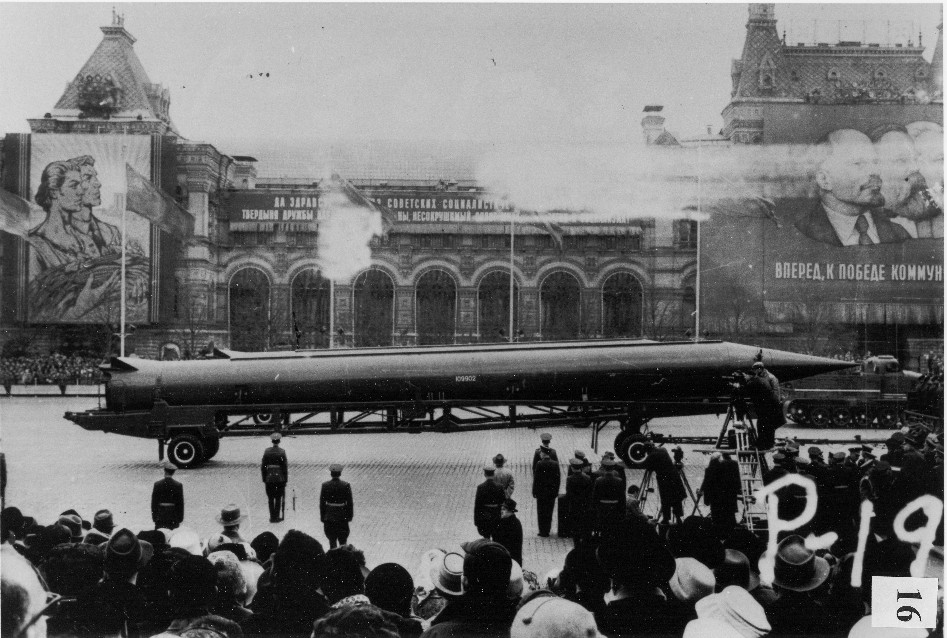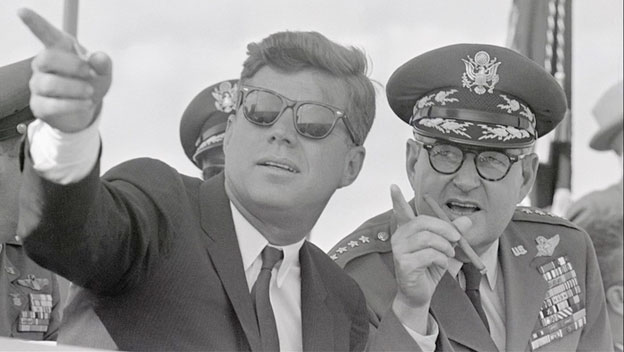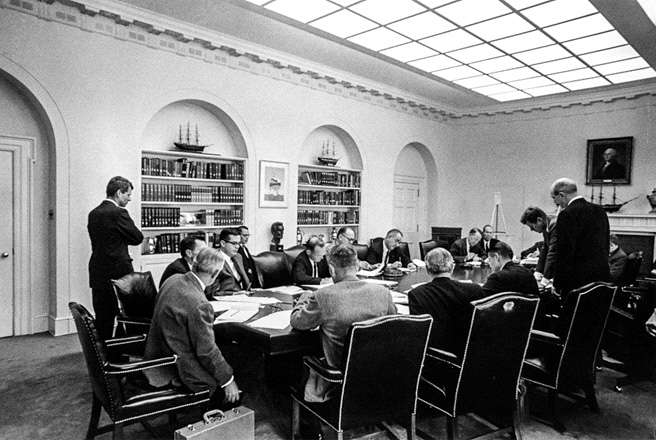
Here are some books that you may find useful during your studies. Search the Bennies catalogue Accessit for more, or browse the Non-fiction collection NFS..
Marvin Kalb, Richard Reeves, Robert Dallek, Sergei Khrushchev and more explain how close the Bay of Pigs and Cuban Missile Crisis brought us all to World War III
Shortly after Cuban guerrilla leader Fidel Castro helped oust unpopular military dictator Fulgencio Batista, he began remaking the country into a communist society. Castro and the Cuban Revolution relates how the controversial Castro championed Cuban independence and sought to meet the social and economic needs of the country's peasants while maintaining his power through harsh political repression.
Imagine going about your life knowing that, at any given moment, you and everyone you know could be wiped out without warning at the push of a button. This was the reality for millions of people during the forty-five year period after World War II now known as the Cold War. Matthew A. Jordan explains the history behind the peak of all this panic — the thirteen days of the Cuban Missile Crisis.
The Cuban missile crisis was the moment during the Cold War when the two superpowers: the United States and the Soviet Union came close to nuclear war.



